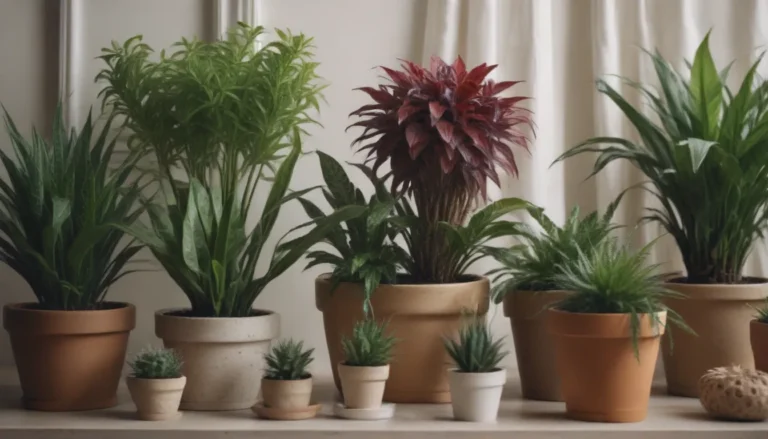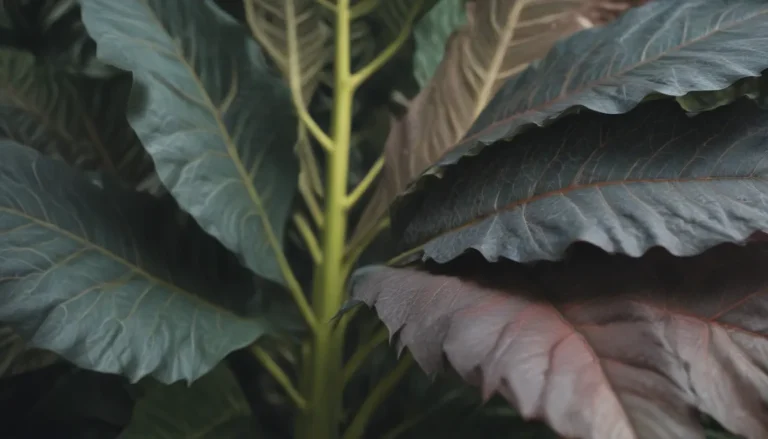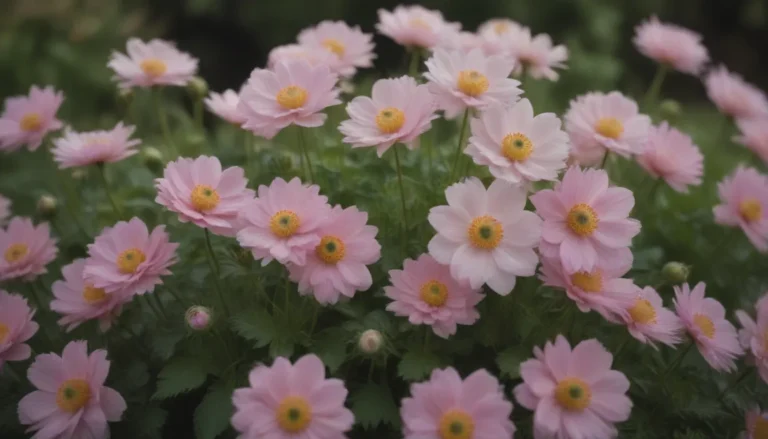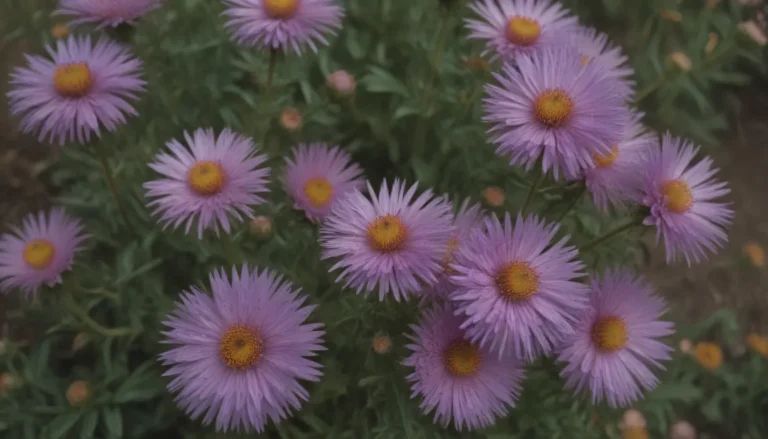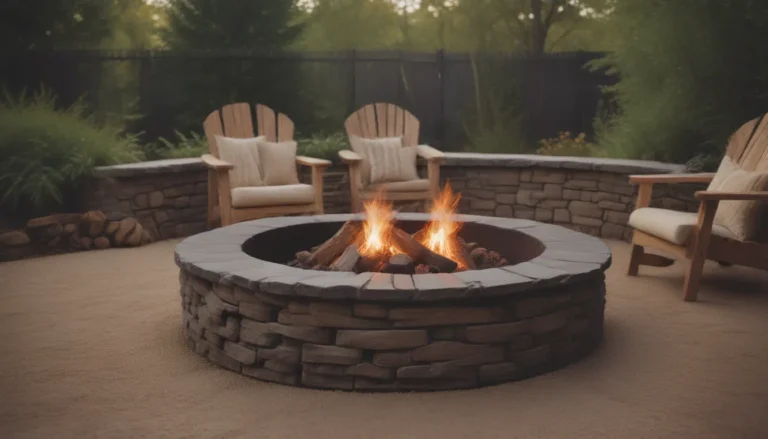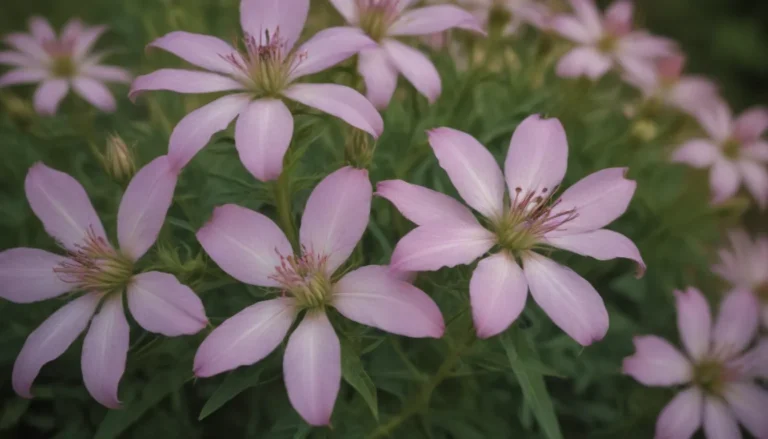A Comprehensive Guide on Growing and Caring for Zebra Grass
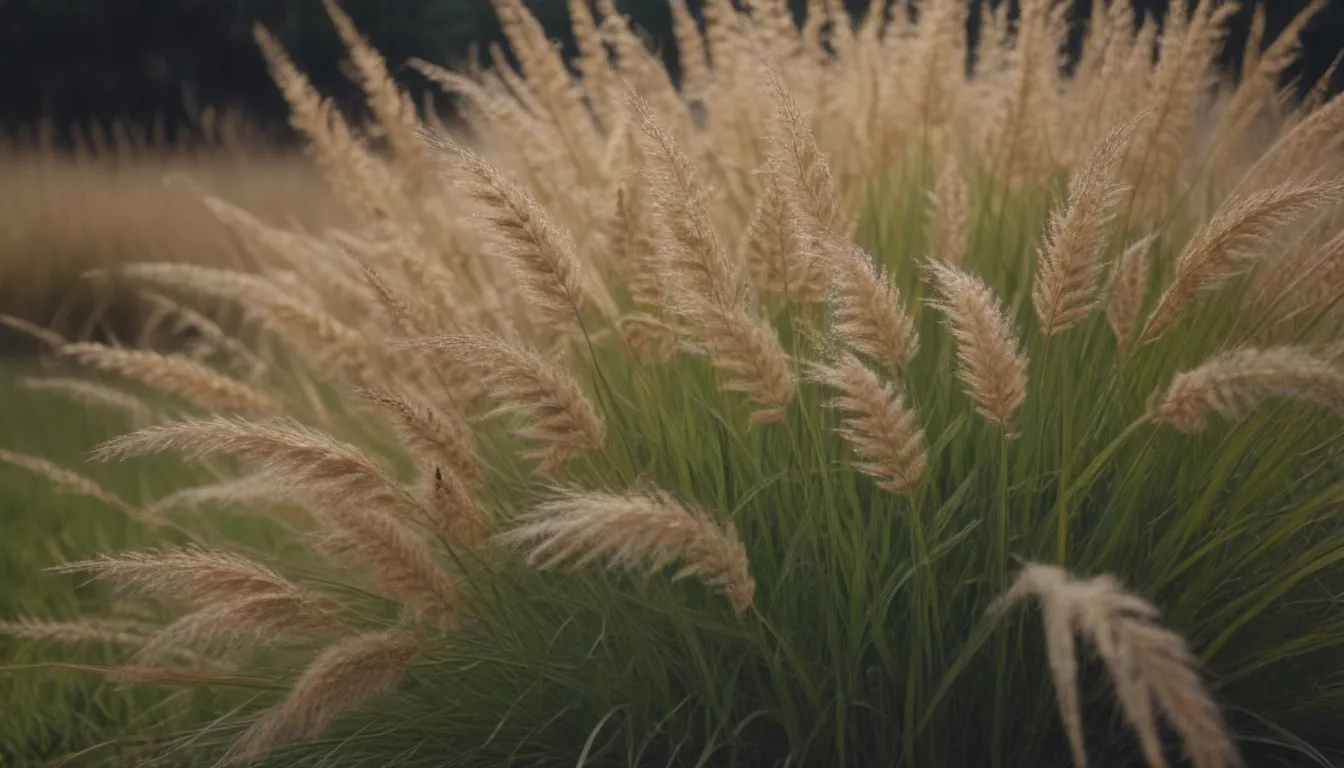
Welcome to our comprehensive guide on growing and caring for zebra grass! In this article, we will explore all you need to know about this stunning ornamental grass, from its fascinating features to essential care tips to ensure it thrives in your landscape. Whether you’re a beginner gardener or a seasoned pro, there’s something for everyone in this informative piece.
Introducing Zebra Grass
Zebra grass, scientifically known as Miscanthus sinensis ‘Zebrinus,’ is a popular choice among ornamental grass enthusiasts. Its unique characteristics make it a standout in any garden setting. With tall, arching stems and striking variegated leaves adorned with creamy golden stripes, zebra grass truly makes a statement. As the seasons change, the foliage transitions from green to golden, adding visual interest to your landscape.
Belonging to the Poaceae family, zebra grass is a true grass species originating from China, as indicated by its botanical name, sinensis. The cultivar ‘Zebrinus’ pays homage to the zebra-like stripes that adorn its leaves, adding to its charm and appeal. This grass boasts a moderate to fast growth rate, making it a dynamic addition to any garden space.
Zebra Grass Care Tips
When it comes to caring for zebra grass, there are a few key factors to keep in mind to ensure its health and vitality. Here are some essential care tips for nurturing your zebra grass plant:
Light
- Provide full sun for optimal growth.
- If the plant is in too much shade, the leaf blades may become floppy. Consider staking or using a tomato cage for support.
Soil
- Zebra grass prefers neutral soil pH.
- It thrives in moist soils or boggy riparian edges.
Water
- Young zebra grass plants require regular watering to establish roots.
- Mature specimens are drought-tolerant and require minimal watering.
Temperature and Humidity
- Zebra grass thrives in warmer temperatures, ideally around 70 to 90 degrees Fahrenheit.
- In cooler zones, plant in a sheltered area or where cold air does not accumulate.
Fertilizer
- Fertilize with compost or organic plant food in spring for optimal growth.
Types of Chinese Silvergrass
While zebra grass is a popular variety of Chinese silvergrass, there are several other types worth exploring. Here are some notable varieties to consider:
- Miscanthus sinensis ‘Gracillimus’
- Miscanthus sinensis ‘Flamingo’
- Miscanthus sinensis ‘Strictus’
- Miscanthus sinensis ‘Silberfeder’
Pruning and Propagating
Pruning is an essential task in maintaining the health and appearance of your zebra grass plant. Some gardeners prefer to leave the stalks in place during winter for added visual interest. When pruning, consider the following tips:
- Trim stalks in late winter or early spring for a tidy appearance.
- Dead stalks can act as mulch to protect the root system during winter.
To propagate zebra grass, divide the plant in spring every few years before or after blooming. This process helps revitalize the plant and promote healthy growth. Remember to prune the grass before propagating for best results.
Potting and Landscaping Uses
Zebra grass can be grown in containers for a beautiful patio display. Ensure the container has drainage holes and use well-draining potting soil. Zebra grass is a versatile plant that adds dimension to any landscape. Use it as a focal point in a garden bed, create hedges for screening, or complement its fine texture with coarser plants for contrast.
When landscaping with zebra grass, consider companion plants that enhance its beauty. The plant’s deer-resistant properties make it a low-maintenance choice for gardeners looking to add visual interest without worrying about pest damage.
Zebra Grass vs. Porcupine Grass
Zebra grass is often compared to porcupine grass (Miscanthus sinensis ‘Strictus’), another popular ornamental grass variety. While both feature horizontal stripes, zebra grass has a more arching habit compared to the upright growth of porcupine grass. Understanding the differences between these species can help you choose the right grass for your garden design.
Winter Care and Common Diseases
Leave the brownish stalks of zebra grass in place during winter to protect the root ball from cold temperatures. Prune them down in early spring for a fresh start to the growing season. Proper air circulation and full sun exposure can help prevent fungal diseases such as powdery mildew or leaf blight. With regular care and maintenance, zebra grass can thrive in any garden setting.
Sustainable Alternatives and Environmental Impact
While zebra grass is a popular choice for landscaping, it’s essential to consider sustainable alternatives to minimize environmental impact. Native grass species like Switchgrass, Indian Grass, and Big Bluestem offer similar aesthetic appeal without the risk of invasiveness. These native plants help prevent erosion and provide valuable habitat for wildlife, making them an eco-friendly choice for gardeners.
In high-risk fire areas, consider the flammability of ornamental grasses like zebra grass before planting. Their dry stalks can pose a fire hazard in dry conditions, so exercise caution when selecting plants for fire-resistant landscaping.
Conclusion
In conclusion, zebra grass is a versatile and visually striking ornamental grass that adds beauty and texture to any garden setting. By following these care tips and best practices, you can enjoy the beauty of zebra grass in your landscape for years to come. Experiment with different planting arrangements, companion plants, and landscaping ideas to create a unique garden design that showcases the beauty of this lovely grass species.
We hope this guide has provided valuable insights and inspiration for growing and caring for zebra grass in your garden. Happy gardening!
